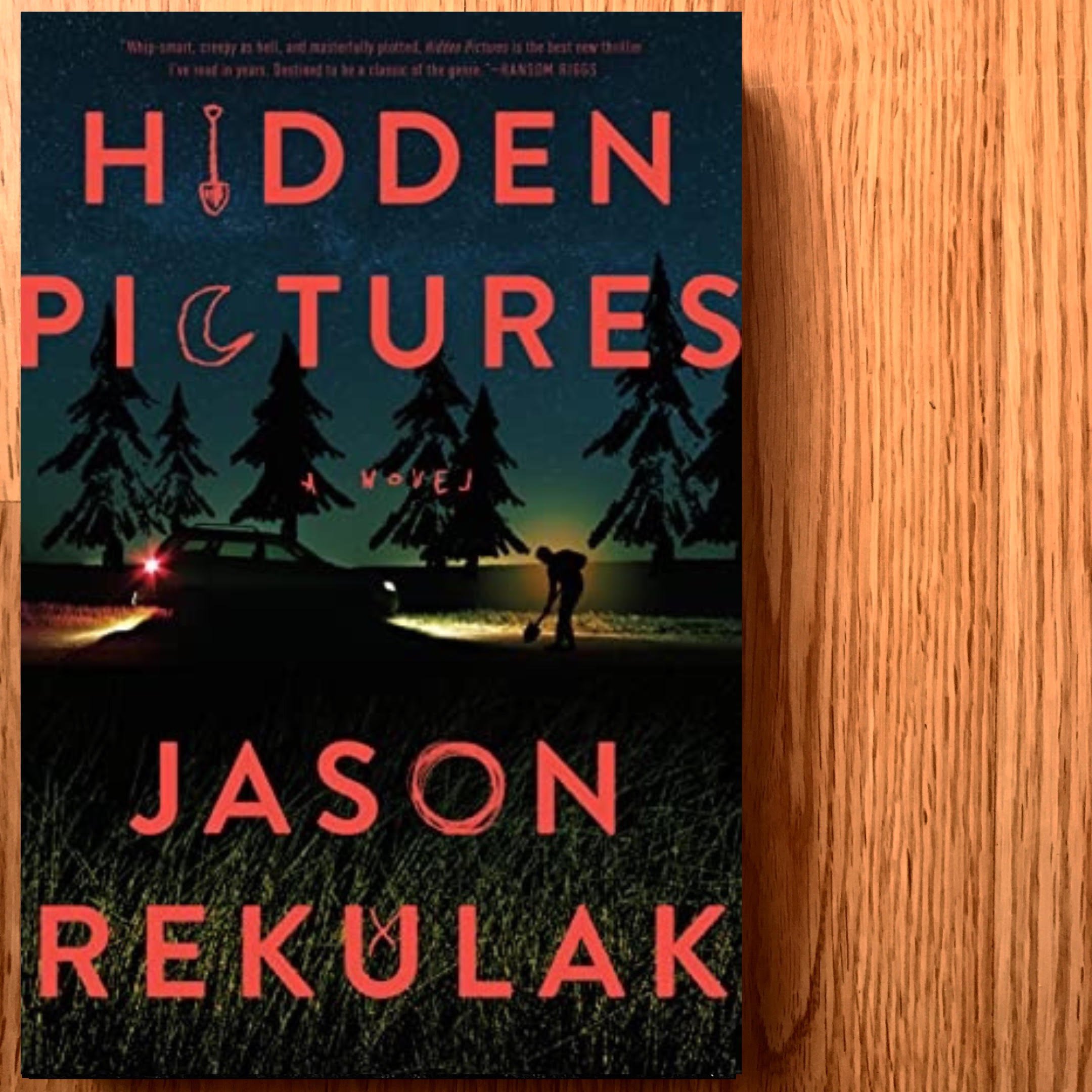Content warnings: death, death of parent, grief, violence, gore, murder, child abuse, emotional abuse, vomit
This Wicked Fate by Kalynn Bayron is the sequel to This Poison Heart, which follows Briseis, a young girl with a mysterious power over plants—and their poisons. When Briseis receives word that her last remaining biological relative is dead and that she has inherited a large estate, she and her mothers decide to travel to the country to allow Bri to explore her heritage and powers. But things are not what they appear to be, and Bri learns quickly that both her family and their power are tied to something dark. Something others are willing to kill for.
I can’t go into any details about what this sequel is about without spoiling book one—and trust me, you do not want book one spoiled for you—but this book dives right in where This Poison Heart left off. This was one of my most anticipated sequels of the year, and overall, I was really happy with it. This book, like the first, is full of queer love, the power of family, and the cost of generational trauma and how that trauma can be healed. While darker in tone than the first, the book addresses all these themes beautifully.
Most of the characters we grew to love in the first book are back, and I was pleased with how most of them were fleshed out. Briseis in particular is a great lead and being in her mind on this journey was emotional and impactful all at once. The first book had some slight romance, and this book explores some romances a bit more. The relationships developed are tender and lovely while still feeling very grounded. This story takes place in a very short time span, and the characters have a lot on their plates, and I appreciate that it never felt like the weight of the plot had to be paused or put down in order to spend some time developing a relationship. The same goes for the platonic and familial relationships that are explored in this book. Everything felt very natural and organic while still respecting the headspaces and mindsets of the main characters.
This book definitely amps up the mythology of the first book, so if you’re a fan of Greek myths in particular or mythology retellings in general, you’ll be very pleased with where this story goes. I enjoyed how this story explored and put an interesting spin on myths, gods, immortality, and powerful objects, and I especially loved how the characters reacted to these types of plot elements. Magical plants are one thing, gods and goddesses quite another, and I appreciated the level of shock and distrust the characters sometimes felt as this world was expanded.
While I did enjoy the plot of this book, and overall, I feel like the story never forgot the urgency of the mission, I do feel like the pacing at times failed to really stress just how much was at stake for our characters. That being said, I still devoured this book. The writing style is great, Bri has a distinct voice and each character leaps off the page. Even though the tone is different, dealing with heavier themes and lacking a bit of what I considered the plant-y wonder of the first book, that distinct voice helped bridge the gap between the two books and make things feel cohesive.
Overall, while not perfectly paced, I found this a satisfying conclusion to a duology that has captivated my attention for the last year. This is a series that definitely can’t be missed if you like urban fantasy stories, mythology, female-driven narratives, and all the plants!





















